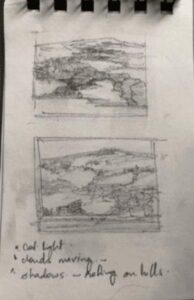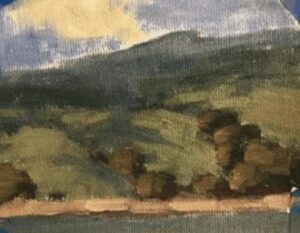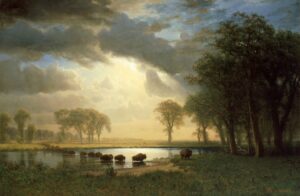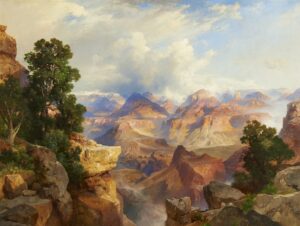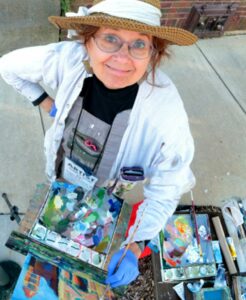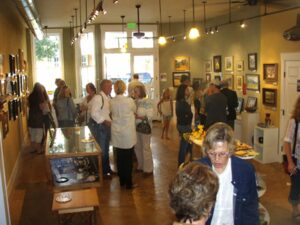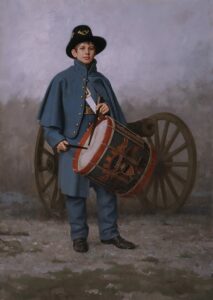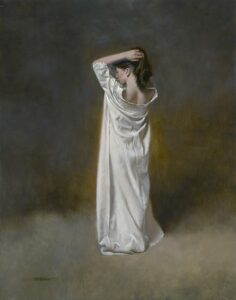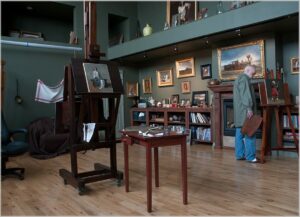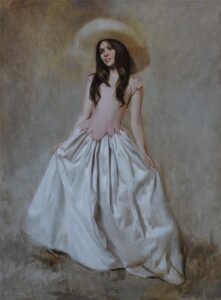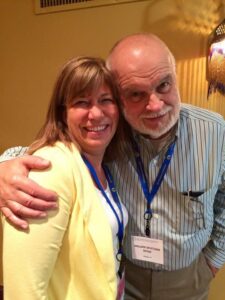It’s all about the process and not the end result.
2017 was an experimental year for me. I modified my palette and decided to work from plein air & studio studies. My plan was to go small before going big. My palette now includes only 4 tubes of paint – Ultramarine Blue, Cadmium Lemon, Cadmium Red Light & Titanium White. I am working hard to keep things simple!
Every painting begins with an idea that needs to be conveyed to the viewer. These ideas could be shadows of clouds over the hills, the warmth of sunshine or the roar of ocean waves breaking along the coast. Once I have locked the idea, it is all about holding on to it. This idea is rooted in a deep emotional connection that I establish with the landscape. If I stay honest to my own memory of a scene, I can teleport the viewer to a place that connects with their emotions.
Being true to the moment and trying to translate that to the canvas is always the biggest challenge. While staying true to my emotions, it is equally important to not ignore the technical sensibility of the painting process. Painting is about maintaining a balance between technical and emotional sensibilities of the mind.
Once I have the basic idea, I start with making several thumbnail sketches. Sketches help me in deciding compositions and value patterns. Whenever possible, I go to the location and make small plein air studies. These studies serve as reliable color and value notes. Once I have the grayscale sketches ready, I move on to making color studies. Sometimes, making a color study in addition to a sketch helps in working out the finer details of the composition. It is all about arrangement and design!
Once I’m satisfied with the design of my small study, I begin painting a larger studio version. Of course, all studies do not transform into larger pieces. Many of my studio paintings are as small as 11”x14”. However, the process still remains the same irrespective of the size.
Painting for me is a personal expression of my connection with Nature. It is about holding on to a fleeting moment in time and making that the main focus or idea of my painting. I hope that my emotionally involved painting process ultimately translates into great visual experiences for my viewers. In the end, it is important to paint with emotion and enjoy the journey the painting takes you on.


12″ x 16″
oil on canvas – painted using a limited palette
“Cloud Cover”
11″ x 14″
From Memory
3″ x 4″

20″ x 24″
oil on linen – painted using a limited palette
